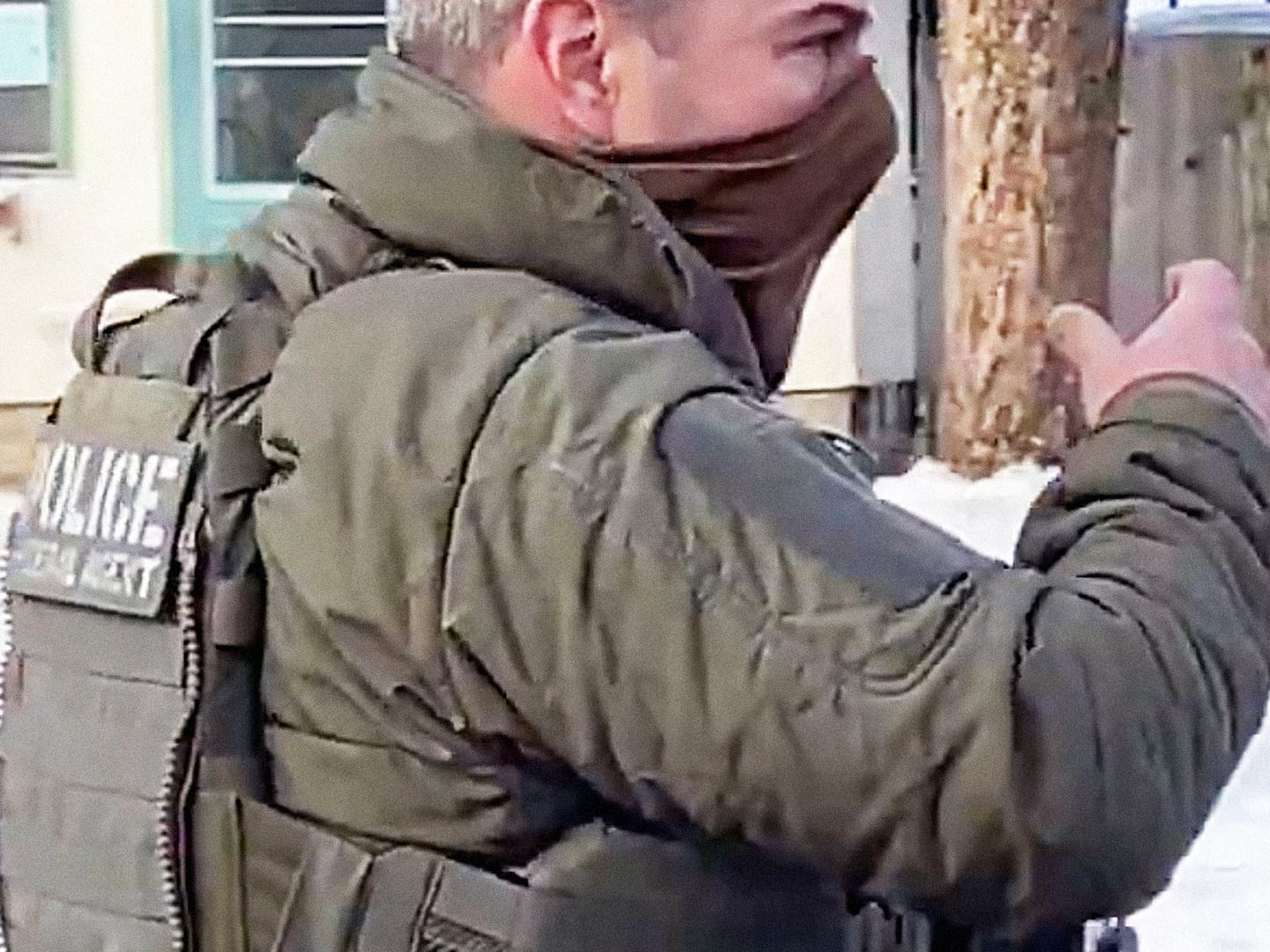
“They got it all wrong,” Carlo Torre, noted professor of criminal science in Turin, Italy, told a jury in Perugia on Monday. “The analyses are flawed and the results were subjective.”
Torre and genetic specialist Sarah Gino took the stand as hired consultants for the defense of Amanda Knox, who, together with her former boyfriend, Rafaelle Sollecito, is standing trial for the murder of Meredith Kercher in November 2007. In a dramatic day of testimony, first Torre, and then Gino, poked holes in the prosecution’s case. Both testified that “Exhibit 36,” a knife found in Sollecito’s apartment with Knox’s DNA on the handle and Kercher’s on the blade, cannot be the murder weapon. Torre showed pictures of Kercher’s wounds to the jury, then used a mannequin to demonstrate that this knife was too big to make two of the wounds in Kercher’s neck. He conceded that a third larger wound could have been made with the knife, but said it was more likely it was made by twisting a smaller knife.
“It is not just difficult, but it is completely impossible that a knife like this would make these two wounds.”
Torre’s testimony was so graphic that Knox’s court-appointed interpreter felt ill and asked to leave the courtroom. “There is no mystery here,” he told the jury. “It is not just difficult, but it is completely impossible that a knife like this would make these two wounds. The murder weapon is a survival knife, a ‘Rambo’ knife, not this one.”
Gino then testified that the DNA on the knife, alleged to be Kercher’s, was not tested properly. The amount of biological material on the blade was so small that it could not be double-tested, she explained, citing a number of forensic-science studies that establish double-testing as the standard protocol for admissible DNA. And she said it should be thrown out of evidence because there was not enough material for the defense team to conduct their own verification tests. “The sample that tested positive for Kercher’s DNA was so small it had to be amplified much more than normal,” she told the jury. “It should not be admitted into evidence.”
Gino also accused state forensic specialist Patrizia Stefanoni of sloppy police work that may well have contaminated all the evidence, setting off an aggressive exchange between co-prosecutor Manuela Comodi and Gino. At one point, Knox’s attorney, Carlo Dalla Vedova, objected and accused Comodi of calling the witness a liar. The jurors watched in what seemed to be mild amusement as Comodi, who said it was Gino who was calling Stefanoni a liar, stormed out of the courtroom. “I had to let off steam,” she said when she returned with a white hand-held fan tht she used to cool herself during the rest of the cross-examination.
Last month Stefanoni, who sat by Comodi during Monday’s hearing, testified that there was no way the scene was contaminated. But Gino disagreed. “Contamination is always possible in an investigation,” she told the jury. “The work is done by humans after all.”
While the knife may no longer be compelling evidence against Knox and Sollecito, there are still elements of this crime that point to their involvement or at least some knowledge of the crime that they have yet to admit. Although Torre and Gino, who did not examine Kercher's body, both testified that they saw no evidence that more than one person was involved in her murder, countless prosecution witnesses, including two coroners who did examine Kercher’s body, testified that the 47 cuts and bruises indicated that "more than two hands" were at work.
More importantly, perhaps, Torre disagreed with Sollecito’s forensic specialist, Francesco Introna, on the dynamics of the murder. Two weeks ago Introna told the court that Kercher had been killed by an assailant from behind. He used live models to show how Rudy Guede, who was convicted in a fast-track trial last October, likely killed Kercher alone. Torre testified that he also felt Guede killed Kercher single-handedly, but he also said he was sure Kercher had been killed from the front. He conceded that she would have more likely put up a fight if attacked from the front, yet there was no biological material under her fingernails. “If someone has a lot of wounds on the hands, thighs and hips, it is likely there was a fight,” he said during cross-examination. “But I prefer to address the technical aspects, not the psychological side of this.”
Both Torre and Gino testified that while it was not abnormal to find mixed DNA from two members of the same household, it was “strange” to find mixed blood and DNA in the context of a murder crime scene. Gino testified that only Kercher and Guede’s DNA was found in her bedroom even though the prosecution has entered into evidence a bra clasp found in that room with Sollecito’s DNA. Gino does not dispute all of Stefanoni’s tests—in fact, her own presentation included a drop of Kercher’s blood with Knox’s DNA found in a back bedroom of the house where a window was broken. When asked if it was logical for Knox’s DNA to be mixed with Kercher’s blood she admitted, “No, it is not logical,” she said. “But they were roommates so it is also not impossible.”
The defense plans to wrap up before the court takes a two-month summer recess on July 18. Closing arguments are expected to last through September and a verdict may be reached by mid to late October.
On July 9, Knox will celebrate her 22nd birthday in Capane Prison. Her mother, Edda Mellas, told The Daily Beast that she was giving her books and music CDs by Amelia and JEM. Mellas also explained Knox’s new nickname “Bambi,” which had been the talk of the courtroom on Monday. “It’s what the guards at the prison call her,” said Mellas, speculating that perhaps it was because of her big eyes or because they think she is an innocent, helpless animal. “She didn’t want to spend a second birthday in jail,” said Mellas. “If all is right in the world, it will be her last.”
Barbie Latza Nadeau has reported from Italy for Newsweek magazine since 1997. She also writes for CNN Traveller, Budget Travel magazine and Frommer's.






